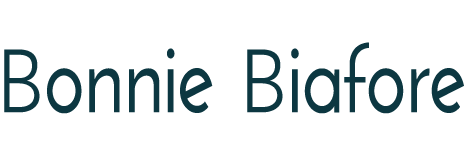My stakeholders aren’t arguing! Is something wrong?
 Projects constraints often result in stakeholders competing for their share of the project pie. If there is no formal requirements prioritization and stakeholders aren’t squabbling, there’s a problem. Your stakeholders are either disenchanted with the project or don’t know its status. Here are actions to ensure stakeholders are engaged and the ideal project requirements are in scope.
Projects constraints often result in stakeholders competing for their share of the project pie. If there is no formal requirements prioritization and stakeholders aren’t squabbling, there’s a problem. Your stakeholders are either disenchanted with the project or don’t know its status. Here are actions to ensure stakeholders are engaged and the ideal project requirements are in scope.
- Hold a well-structured requirements prioritization workshop. Invite all stakeholders who submitted requirements and make sure that the ones with competing requirements attend. With input from key stakeholders, prioritize the requirements using criteria like requirement cost, risks, benefits, and complexity. A workshop like this is a business case focused approach to committing to delivering requirements. Note: The sponsor can promote the “be in it to win it” nature of the workshop to ensure key stakeholders attend. That is, if stakeholders don’t show up, they miss the opportunity to promote their requirements.
- Schedule stakeholder meetings. Meet with stakeholders to discuss their needs and requirements and demonstrate your support for delivering those. When a conflict arises between stakeholders’ requirements, bring those stakeholders together to discuss their requirements and brainstorm alternatives to resolve any issues. One-on-one sessions can boost stakeholder engagement, particularly in organizations with a passive-aggressive culture (where people often won’t speak up in a public setting). One-on-one sessions are also effective in conflict-averse organizations, because you can collect and review stakeholder perceptions with the sponsor to support scope decisions when disagreements need to be resolved.
- Determine if politics are at play. Disagreements between stakeholders may exist, even when they don’t complain. Power struggles, misalignments around strategic direction, and other elusive factors could hide arguments behind closed doors. Work with your sponsor to see if politics are an issue and ask for guidance on evaluating and prioritizing requirements.
- Communicate and follow up on scope decisions. Ensure stakeholders understand the status of their scope requests and the process for making scope decisions. In budget-constrained projects, stakeholders might be able to propose scope changes if they can provide funding. Make sure stakeholders understand this, and how their desired scope could be incorporated into the project. This includes the process for project change management, which allows for changes to the project scope after an appropriate review.
Of course, maybe your stakeholders simply don’t have anything to argue about. After doing a quick review of the above steps, have some fun in your next stakeholder meeting by saying “I’ll buy a latte for the first person to come up with something to argue about.”
For more about working with stakeholders, check out Natasha Kasimtseva’s course Managing Project Stakeholders.
Coming Up
A day in the life of a project manager can seem like an endless parade of problems, which can turn almost anyone into a pessimist. Reframing problems into opportunities and a sincere search for solutions can significantly improve performance: yours, your team’s, and your projects’. Join Jason Mackenzie and me for Office Hours on Wednesday, May 7, 2025 at 9am MT, we’ll discuss how positive reframing can improve communication and results at all levels. Click here to join!
My course Project Management Foundations has been updated with several text-based entries in the Table of Contents. You can read up on the hybrid project management lifecycle, get tips on creating a project information system, review a checklist for effective meetings, and more.
_______________________________________
This article belongs to the Bonnie’s Project Pointers newsletter series, which has more than 90,000 subscribers. This newsletter is 100% written by a human (no aliens or AIs involved). If you like this article, you can subscribe to receive notifications when a new article posts.
Want to learn more about the topics I talk about in these newsletters? Watch my courses in the LinkedIn Learning Library and tune into my LinkedIn Office Hours live broadcasts.
_______________________________________
